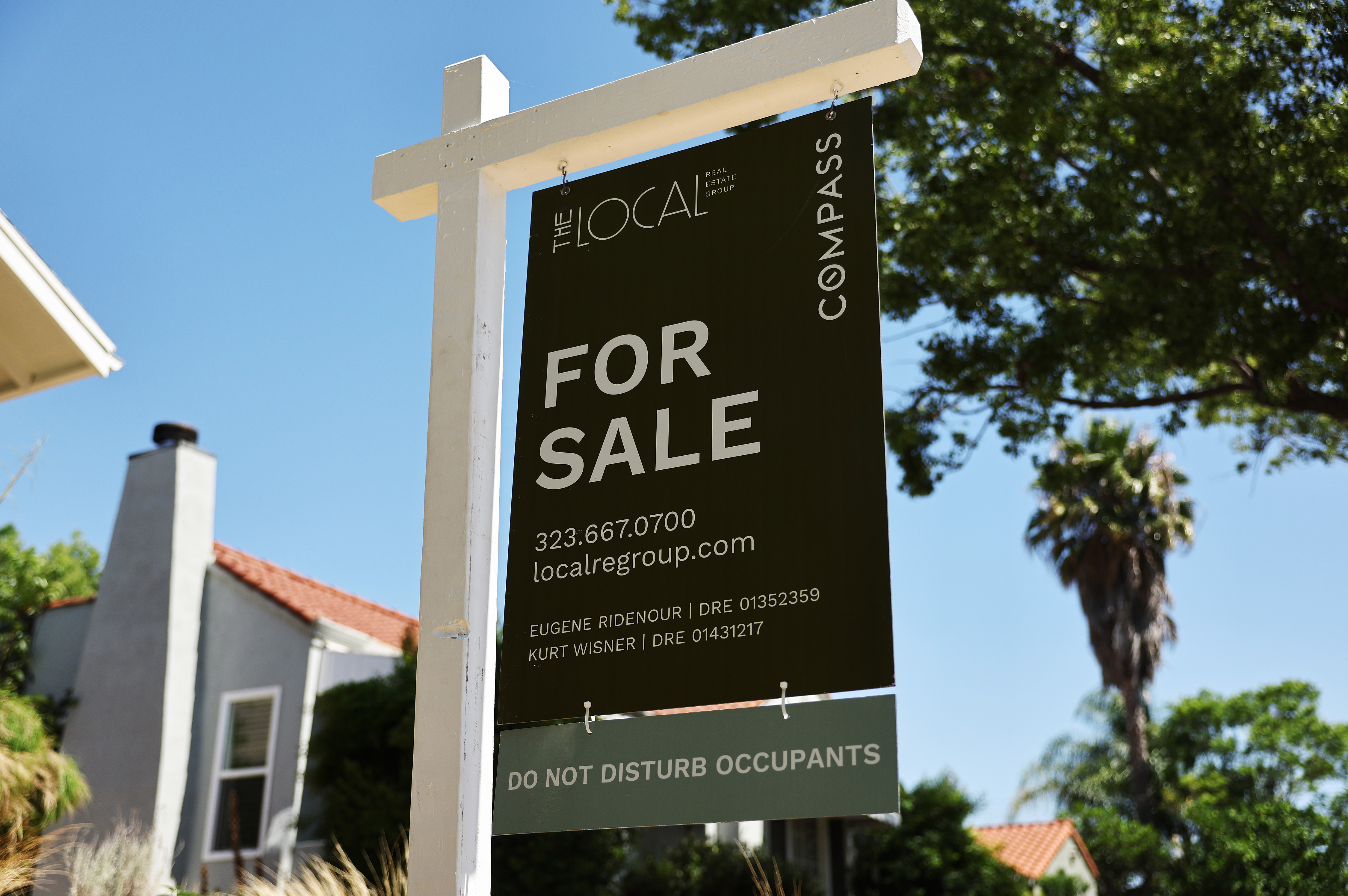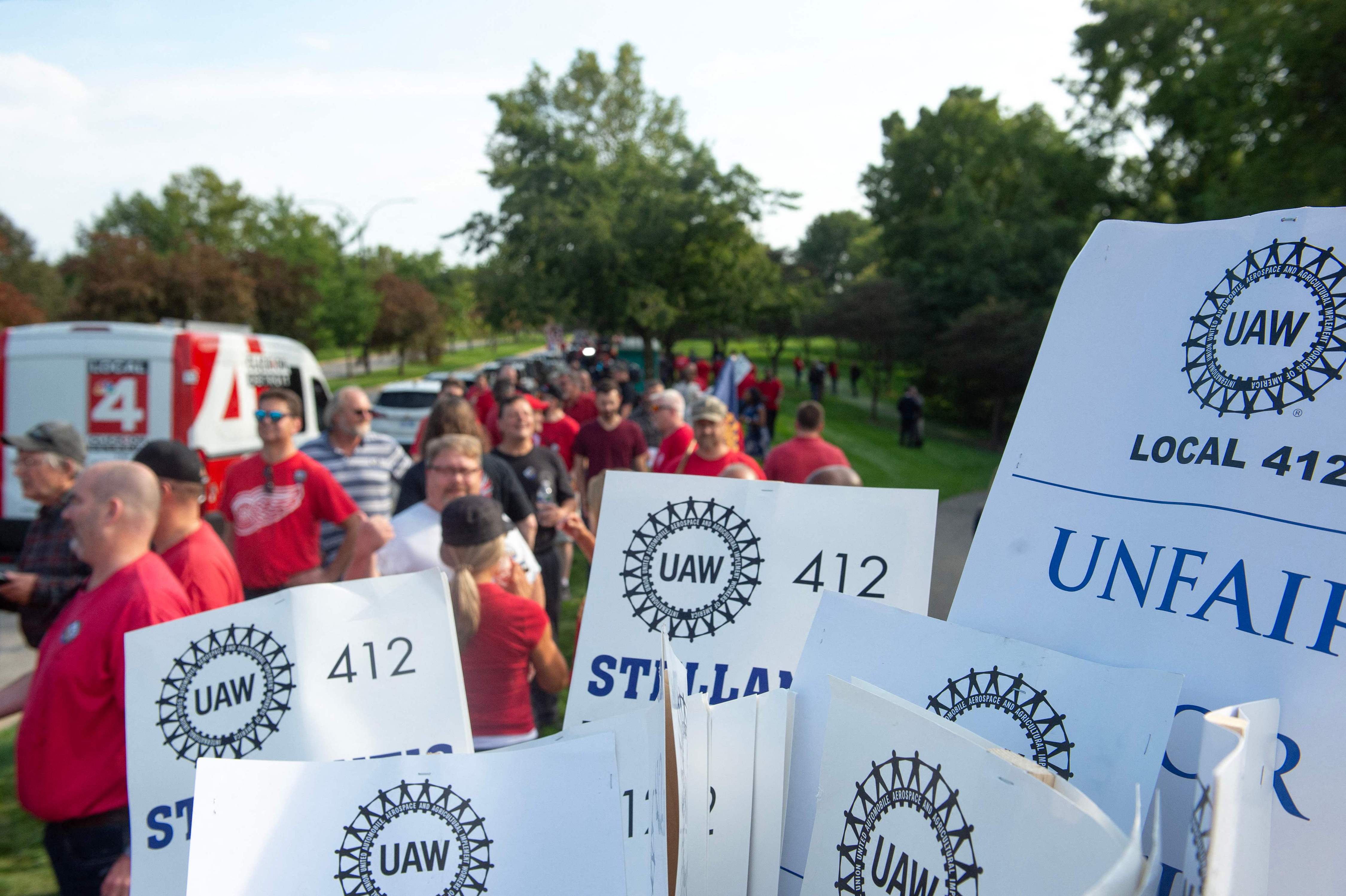
Customers shop in a Whole Foods Market supermarket in New York, U.S., September 22, 2023. /CFP
Customers shop in a Whole Foods Market supermarket in New York, U.S., September 22, 2023. /CFP
From groceries to gas, rising living expenses are not only straining Americans' pockets but also their confidence in the country's economy.
"Food prices are going up. The rental prices are sky-high. The fuel goes up and down like a yo-yo," Javier Torres, 65, told USA Today. Living in Pembroke Pines, Florida, Torres is married with three children and manages a warehouse and logistics company in South Florida.
About 84 percent of Americans said their cost of living is rising, while 49 percent blamed food and grocery prices as the main drivers, according to a poll in September by the Suffolk University Sawyer Business School and USA Today.
Nearly 70 percent of Americans said the economy is getting worse, according to the poll, while only 22 percent said the economy is improving.
The Conference Board, a nonprofit think tank, said the consumer confidence index of the U.S. dropped to 103.0 in September, the lowest reading since May, from 108.7 in August. U.S. consumer confidence fell across all age groups and was most pronounced among consumers with annual incomes of $50,000 or more.
"Inflation is slowing, but prices are still higher than they were before the pandemic and this is taking a toll on consumer confidence," Christopher Rupkey, chief economist at FWDBONDS in New York, told Reuters.

A "for sale" sign is displayed in front of a home in Los Angeles, California, U.S., August 30, 2023. According to data from the California Association of Realtors, housing affordability dropped to a 16-year low in California in the second quarter of this year amid high-interest rates. /CFP
A "for sale" sign is displayed in front of a home in Los Angeles, California, U.S., August 30, 2023. According to data from the California Association of Realtors, housing affordability dropped to a 16-year low in California in the second quarter of this year amid high-interest rates. /CFP
More recent polls also reveal a nation deeply worried about its economic future. When asked about the U.S. economy's direction, nearly three-quarters of Americans (73 percent) say conditions are getting worse, while 24 percent say things are improving, according to a Gallup poll in September.
In August, polling from The Economist and YouGov found that 44 percent of Americans say the country's economy is currently in recession, and another 22 percent believe a recession is somewhat or very likely in the next year. Moreover, six in 10 Americans regard unemployment as a very or somewhat serious national problem, despite a continued increase in the number of jobs in the latest reports, according to the survey.
Experts say inflation and decreasing income are two major reasons for Americans' pessimism about the economy and their financial prospects.
Americans face soaring living costs due to a 40-year-high inflation. In 2021, factors like the U.S. government's expansive economic stimulus policies drove inflation to its highest levels since 1982, causing essential items to surge in price.
In 2022, U.S. median household income slipped 2.3 percent to $74,580 – the third consecutive year that incomes have waned. Median household incomes dropped in one-third of U.S. states last year, according to recent data from the U.S. Census Bureau. Many of those 17 states where households lost economic ground are clustered in the Midwest and Northeast, and residents in only five states saw their incomes improve enough to be measurable, the data shows.

Members of the United Auto Workers (UAW) union hold a practice picket in front of Stellantis headquarters in Auburn Hills, Michigan, U.S., September 20, 2023. /CFP
Members of the United Auto Workers (UAW) union hold a practice picket in front of Stellantis headquarters in Auburn Hills, Michigan, U.S., September 20, 2023. /CFP
In September, Goldman Sachs warned that the resumption of student loan payments and the autoworkers' strike could lead to U.S. real GDP growth dipping in the fourth quarter.
Late Wednesday night, the United Auto Workers union surprised Ford with a major escalation of its ongoing strike, telling 8,700 workers to strike at the Kentucky Truck Plant, the company's largest plant.
At least 453,000 workers have participated in 312 strikes in the U.S. this year, marking the highest level since 2019, according to data from Cornell University's Labor Action Tracker.
"We are seeing strikes in the U.S. due to income inequality and the erosion of the middle class. For a number of years, workers have seen their wages eroded by inflation and poor pay increases," Brookings Institution Senior Fellow Darrell West told Xinhua.
Layth Alwan, a professor of supply chain economics at the University of Wisconsin-Milwaukee's Lubar School of Business, said if the strikes continue, there will be cascading effects, potential shutdowns and potential bankruptcies.
The gloomy outlook also showed up in the business sector. U.S. small-business optimism dropped to a four-month low in September, and a net 43 percent of small-business owners saw business conditions deteriorating in the next six months, Bloomberg reported, citing data from the National Federation of Independent Business.